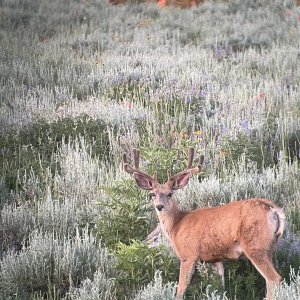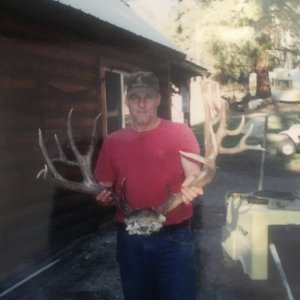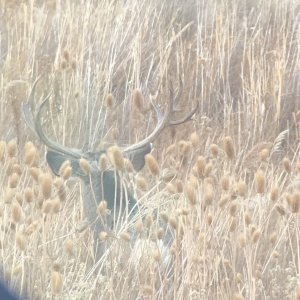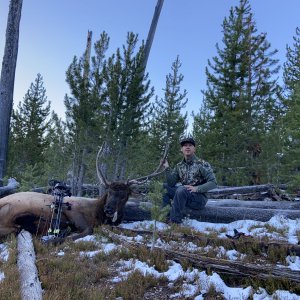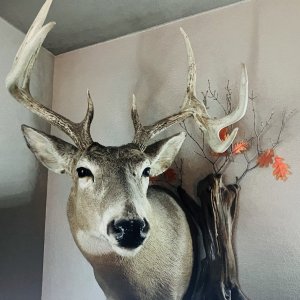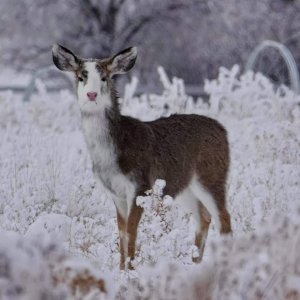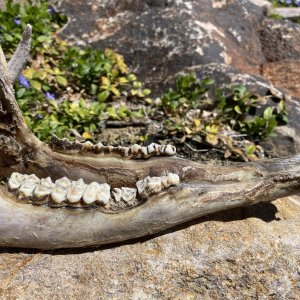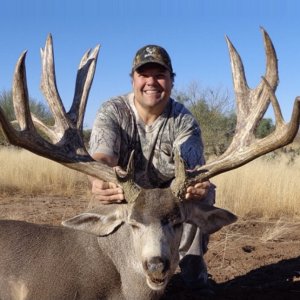LAST EDITED ON Jan-05-06 AT 12:58PM (MST)[p]Sunlight triggers dropping, but each deer or elk is its own individual. I am sure other factors like health, diet, age, weight of antler(especially in elk),ect. do play a role in an animals dropping time each spring. It won't be more than a week or two in my opinion because sunlight is the number #1 factor . If you do really know me, you know I have no timing secrets. I start in Utah for deer the middle of Feb. and elk in the middle of March. I feel that I'm wasting time and energy any sooner. I wish more hunters would stay out of the hills in March and then I can go in in April all by myself and load up!!! It's funny with deer though, they confuse me, some of the heaviest spring bucks I have ever seen on the hoof were while I was picking up sheds(small and large)in early April. Why didn't they drop sooner? I do agree that most bigger bucks drop earlier. From my experience with elk, the more massive the antler the sooner it comes off. I never see big bulls packing in April. They hardly ever drop in Feb. either. If it were all about diet then Arizona deer and elk would drop sooner which they don't. You will find good Arizona grass in mid-Feb. and the elk still pack until mid-March. There seems to be two approaches to shed hunting. If you find a big bull or buck camp on him until he drops, record the date, and next year, if he's back, start looking right close to that date, that's if he's healthy. The other approach to shed hunting is quantity of sheds. Leave an area alone until the 2nd week of April and go in and scarf up. Lately, there is a big problem with appoach number two and that's other hunters kicking the herds around before they have all dropped. As shed horn popularity is increasing, my shed hunting desires have decreased. I guess that's why I'll chat about it now. What's one more guy in the field. "There's more shed hunters than sheds now days!" Have fun killing yourselves and I'll sit at the computer looking at your photos. Good Luck!!!


